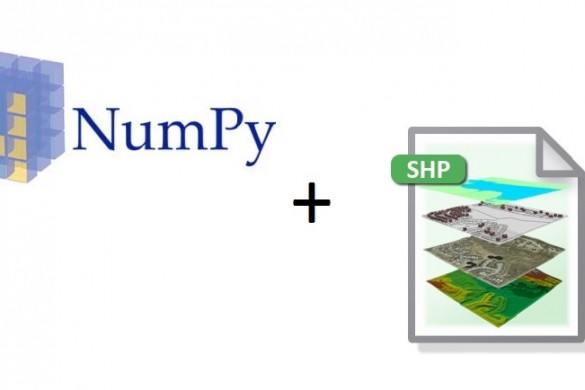

Numpy lzip zip#
Like we zip our object into a single object, we can also perform unzip of the object.Pints to be remembered while working with the zip() function in Python So, in the end, it will generate the object which will be going to contain the mapped object of the student object. Result = zip(studentName, rollNumber, city, address) So in the output, we will have all the student data mapped with the corresponding record of the student. After that, we can pass this input parameter in the zip() function. We need to create three arrays that will contain the name, roll number, marks, city, and address of the student, respectively. Suppose we have a student to whom we must bind the data according to roll number, marks, city, and address. Now we will talk about the real-time scenario in which we cause it. We are holding the data into the result variable here, which will be a zipped iterable object containing the result. In the last line, we are calling the zip() function and passing both the array into it as a parameter. But in Python, we have a zip() function which will bind the variable of two or more different arrays into one single array. If we talk about any other programming language, then we need an object which will bind both the variable of the student class or else we need to create a map that will map the value of the student as key-value pair. The first array contains the name of the student and the second array contains the roll number associated with the student. In the above example, we are creating two arrays. Let’s see one example to understand its working in a better way arr1 = Īrr2 = Parameter: This function takes an iterable object of any length and any number of parameters.This single object contains all the variables from all the array or iterable objects we pass into the function. Return Type: This function returns a single object.Let’s take one example to understand its syntax in more detail We can use this function in many places, like if we want to amp the student data based on the name, city, marks, and roll number, so we can use this function without creating a class. If we talk about its return type, it returns single objects which contain all the values zipped from the different iterable objects. This can take any number of an iterable object, also the length of the iterable object is also not a constraint here. It functions the same way as its name, zipping different arrays or listing variable values together.

Sometimes, it just removes the need for creating the user object. Now we know that we use this function to zip or group the variable of different arrays. Result = zip(arr1, arr2) How does zip Function Work in NumPy? We will discuss its working in detail in the next section arr1 = Let’s see one practice syntax for a better understating of the function see below. This function takes containers or an iterable object like string, list, array, etc. so on)Īlso, see the syntax as per the Python doc zip(*iterators) Below see the syntax to use the zip function in Python zip(object1, object2, object3, object4.

import plotly.We can call this function using the ‘zip’ keyword, and it takes any itearble object inside it as the input parameter.
Numpy lzip code#
To draw a map by county using the current data, the following code can be used. from urllib.request import urlopenįor i in range(len(nv_zip_json)):Ĭode = nv_zip_jsonĭf = pd.DataFrame() Depending on your data, if you want to handle zip codes for the entire US, the number of data will be huge and will affect the performance. As an example, I created a graph with sample data from here. Therefore, it is necessary to prepare a geojson file with zip codes. The reason it is not displayed is because the geojson file you are using does not have the zip code data.


 0 kommentar(er)
0 kommentar(er)
